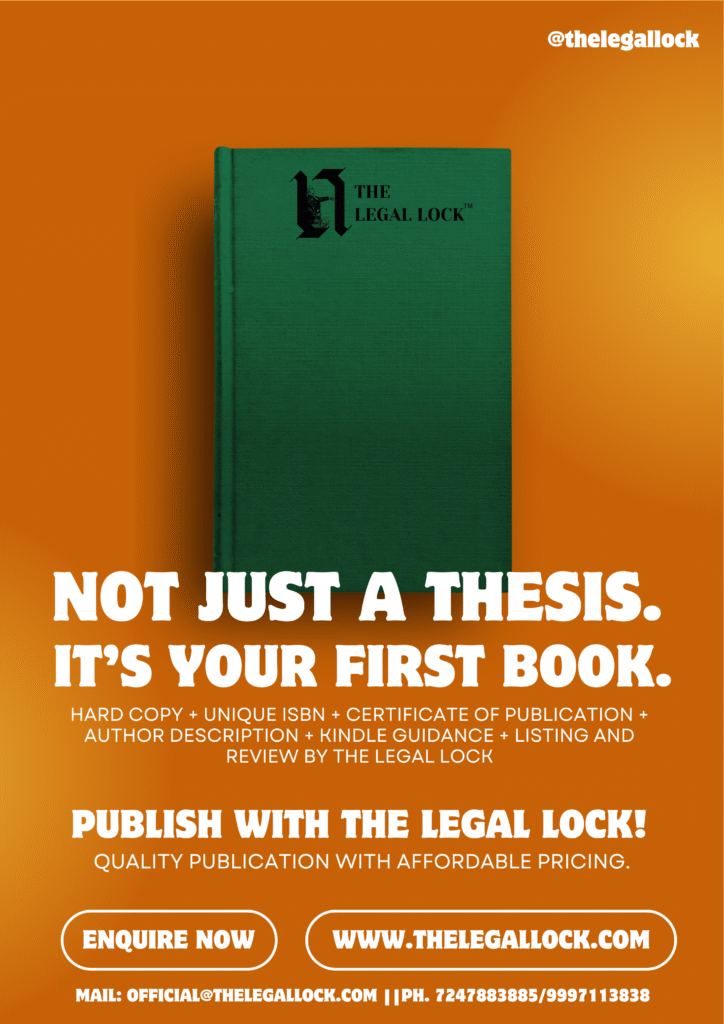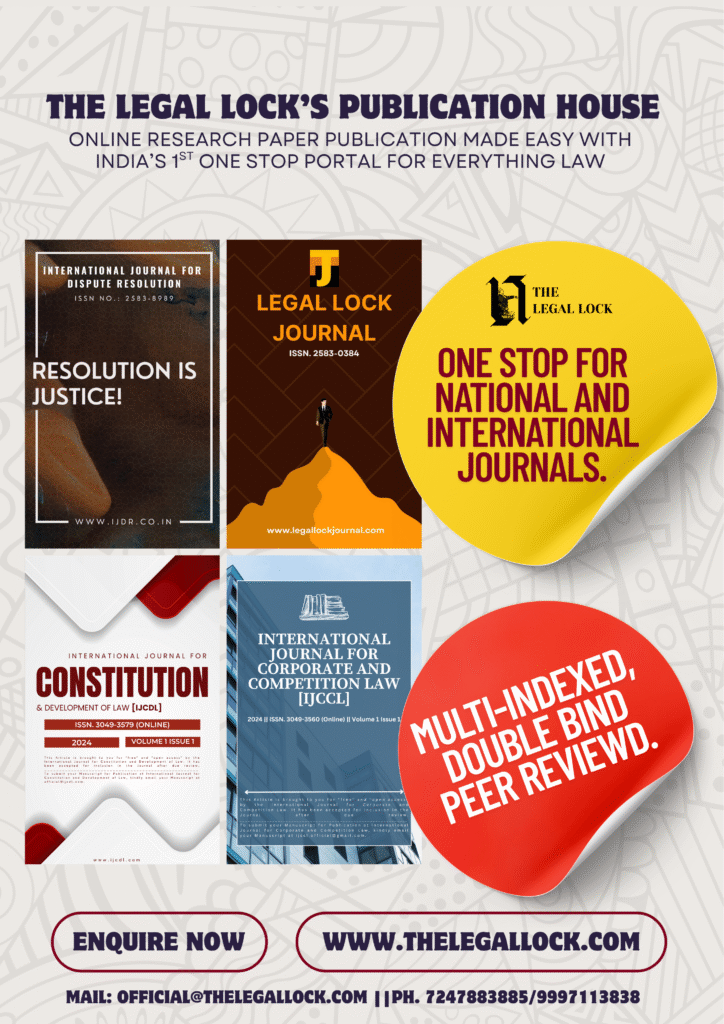ARTICLE 245 OF THE INDIAN CONSTITUION

INTRODUCTION
Article 245 of the Constitution of India deals with the territorial jurisdiction of the Parliament and State Legislatures.
∙ With regards to the Parliament:
As per clause (1), the parliament may make laws for the whole or any part of the territory of India. However, this power has been made subject to the provision of the constitution such as those of Article 246, 201 or Part 3.
Clause (2) makes it clear that parliamentary laws may validly have extra territorial operation. In A. H. India v. Income Tax Commissioner (AIR 1949 FC 18, 25) Kania, C.J. observed that “in the case of a sovereign legislature, questions of extra territoriality of any enactment can never be raised in the municipal courts as ground for challenging its validity. A legislation may offend the rules of international law and may not be recognized by foreign courts, or there may be practical difficulties in enforcing them but there are questions of policy with which the domestic tribunals are not concerned.” The abovementioned rule has been recognized in the case of Asbury v. Ellis (1893) and Croff v. Dumphy (1933).
With respect to states:
Subject to the provisions of the Constitution the state legislature can make laws for the territory of that state. Clause (2) does not talk of extra territorial operation of state laws. In the case of Kochumi v. State of Madras and Kerala (AIR 1960 SC 1080) the Supreme Court has held that, “an Act of the state legislature, if it gives extra territorial operation to its provisions, ca successfully be challenged in the court, unless extra territorial operation can be sustained on the ground of territorial nexus.”
TERRRITORIAL NEXUS
Although the object to which the law applies may not physically be present in the state territory, yet the state law will be applicable if there exists a connection or nexus between the law and that object. The tests for the sufficiency of the nexus have been clearly lad down in State of Bombay v. R.M.D. Chamarbangwala (AIR 1957 SC 699) as follows:
1. The connection must be real and not illusory. One cannot tax a dog because its mouth was with him for some time during the period of gestation or it cannot even be taxed if its tail is cut off and kept in that state.
2. The liability sought to be imposed must be patient to tat connection.
However, precise fact situation or circumstances cannot be laid down universally. Each case would have to be decided on its own facts.
LEGISLATIVE RELATIONS
The distribution of powers is an essential feature of federalism. The object for which a federal state is formed involves a division of authority between the national government and the separate states. The tendency of federalism to limit on every side the action of the government and to split up the strength of the state among co-ordinate and independent authorities is especially noticeable, because it forms the essential distinction between a federal system and a unitary system of government.
The basic principle of federalism is that the legislature, executive and financial authorities are divided between the centre and state not by any law passed by the centre but by the constitution itself. This is what the Indian constitution does. It expressly provides for the various areas of legislation of the central and the state governments and the relationship, with respect to the same, between the two governments. Article 245 to 254 Part 3 deal with the legislature relations between the central government and the state governments.
WHETHER ARTICLE 245 OR ARTICLE 254 IS THE SOURCE OF legislative power
Eminent jurist Prof. M.P. Singh, in his article “Legislative Powers in India: Some Clarifications” has elaborately discussed this issue. He observes that in the case of A. K. Gopalan v. State of Madras, Kania, C. J. and Das, J. incidentally remarked that the opening words of Article 245 “subject to the provisions of this constitution” qualify all legislative powers of parliament and state legislatures. Prof. M.P. Singh observes that this object has unfortunately come to be treated as one of the fundamental principles of constitutional law. This cannot be utilized to attribute conflicts in constitutional provisions in disregard of the most fundamental principle of construction that law makers must be supposed not to have intended to contradict them. The grant of legislative power must be read in light of the other provisions of the constitution, particularly those which prescribe procedure and impose limitations on its exercise. But neither the limitation nor the procedure can be construed to deny or to negate legislative power, because the constitution makers cannot be supposed to have granted a power which they did not intend to be exercised. But following upon the meaning attributed to the opening words of Article 245, it has been held that the limiting provisions are supreme and the power conferring provisions are subordinate and that the latter should not be given effect if it is in conflict with the former.
This, he explains with the help of two decided cases:
1) Atriaban Case (1951) – In this case, M.P. Singh holds, the court proceeding on an assumption that Article 245 is the source of power and hence it has to be subject to the provisions of the constitution. Accordingly, the court held that Article 301 which guaranteed freedom of trade, commerce and intercourse (it was not subject to anything like Article 245) overrides E.56 List 2 which gave the state legislature the power to impose taxes on goods and passengers carried by roads or inland waterways.
Had the court seriously considered that E.56 was meant to be acted upon in the same manner as Article 301 was meant to be enforced, it would have tried to find out when a law on E.56 is consistent with Article 301 and when not, and accordingly it would have held that in the former case, the law will be valid and in the latter case invalid unless saved by
Article 304(b). In a way, the court impliedly held that E.56 is unconstitutional as it is in conflict with Article 301.
2) Golak Nath Case – Here also, the court proceeded on the promise that Article 245 is the source of legislature power and accordingly the court held that a constitutional amendment was a law under article 245 and hence was subject to Article 13 i.e. it would not abridge the fundamental rights.
ARTICLE 245 – NOT A SOURCE OF LEGISLATIVE POWER
The subject matter of clause (1) is the territorial operation of laws made by the parliament and state legislatures whereas clause (2) declares that no laws made by the parliament having extra territorial operations will be deemed to be invalid. In terms, State laws having extra-territorial jurisdiction are excluded. A plain reading of Article 245 shows that it deals only with the territorial jurisdiction of parliament and state legislature. Some other facets also support this submission:
1. Marginal note to Article 245: It can be compared to the marginal note of Article 73 and Article 162: “Extent of executive power of the Union” (Article 73) and “Extent of executive power of the state” (Article 162). Whereas Article 245 says “extent of laws made by parliament and legislature of states.” Notably, Article 245 does not use the phrase “legislative powers” and had it been concerned with the same, it would have expressly mentioned it as Article 162 and 73 also.
2. There is also no scope to read a vesting of legislative power in legislature by Article 245 by implication, as there is no provision in Article 245 corresponding to Articles 53 and 154 which vest the executive power in parliament and government respectively who are to exercise it in accordance with the constitution.
3. No use of power in Article 245 but its repeated use in Article 246 and subsequent articles supports the submissions.
4. Article 245 and 246 correspond to Section 99 and Section100 respectively of the 1935 Act. Even the constituent history and background of Article 245 does not support the meaning assigned to it in in the A.K. Gopalan case.
5. Articles 247, 249, 250 and 253 use “notwithstanding anything in this chapter”, i.e. notwithstanding even Article 245. This means the above articles do not withstand the qualifications imposed on Article 245, i.e. they do not withstand anything in this constitution.
In effect, parliament can make laws abridging fundamental rights etc. This contradicts the stance that Article 245 is the source of all legislative laws which in turn is subject to the provisions of the constitution. The entire constitution will be upset as a result.
CONCLUSION
Since the subject matter of Article 245 is only the territorial jurisdiction of parliament and state legislatures, its opening words qualify only that jurisdiction i.e. they save only those provisions which lay down that the laws of parliament and state legislature shall not extend to certain areas or territories or that they shall extend to them subject to the exceptions made in those provisions. Had these provisions not been in the constitution, Article 245 would have been unnecessary and the territorial operation of the laws of the parliament could be settled on the ground that being the legislative power for the whole of the country, its laws would operate in whole or any part of the territory of the country and could not be invalid even if their operation was extended beyond that territory because it was the last law making organ of a sovereign nation. Similarly, one state legislature could not make laws for the other states. Absence of a provision corresponding to Article 245 in other federal constitutions given conclusive support to this submission. Hence, there should be no doubt that parliament and state legislature could make laws even in the absence of Article 245.








